
A chevelure comb is a needful instrument for hair care. There are many hairbrush types out there today, but which one to select? Every type of comb has its applying and its features. A comb`s selection has to be approached with specific attention with your chevelure better looks, and health largely relies on it. How to pick the correct type of hairbrushes?
Table of Contents
Comb universal variant
The primary goal of the comb is to disentangle chevelure. Moreover, this hairbrush type comes in comfort to touch up bangs or comb the ends of your chevelure upon the day without damaging your hairstyle.
One of the key differences among the combs is the stuff they are created from.

Comb from wood is disentangling, and comb the chevelure well. Look to the polish property and the prongs’ thickness, so they don't hurt the head skin. In their manufacture, varied kinds of trees are used, every of which has its effect.
Comb from silicone with flexible teeth fine disentangles out chevelure, separate even unruly curls, and damp chevelure. The silicone comb is right for cutting and colored chevelure.
Comb from carbon are lightweight, do not damage, withstand high temperatures, and are well at dissipating electricity.
Massage brush

Massage types of hairbrushes are the most well-known. They are comfy to hold in your hand and are right for all chevelures. Their primary benefit is that they disentangle the chevelure and massage the head skin. This helps to raise chevelure and health. Moreover, the Massage comb for chevelure can equally spread sebum across the chevelure interfere with fast pollution. It has to be used carefully by people with oily head skin.
There are some nuances when selecting a massage comb:
- Balls at the ends of the bristles create protection for the head skin.
- Soft massage combs made from organic ingredients do not have any additional elements on the hairs and are appropriate for thin chevelure.
Hairbrush kinds and their uses

The type of hair brushes is straight connected to their purpose. You need to look not only at its characteristics but also at its comfort when picking a comb.
- The Paddle Brush is large. This comb is correct for long chevelure. It has a lot of teeth that are tightly spaced to help prevent hair injury. The only drawback of this comb is its form and difficulty in cleaning.
- The Rattail hairbrush is used to split up chevelure into several strands and is also good for modeling correction.
- A teasing hairbrush is a fine comb with tightly spaced teeth that is good for getting rid of the hair's electrification.
- Natural Bristle chevelure brushes. It is made from natural bristles, mainly from horses or pigs, and is suitable for fine and damaged hair.

-
Microfiber Hair Brush this hairbrush type not only combes curls but also dries them. This result is due to the microfiber material that is located among the teeth of the comb. Besides, manufacturers have provided holes on the back of the hairbrush for quick drying and eliminating odors.
-
The Detangling Brush consists of bristles of varying lengths. These combs are made to untangle chevelure easily. These combs can be used to comb dry and damp chevelure. They will make your chevelure manageable and take off electricity.
- Looped Bristle Brush outwardly resembles a massage comb; only they differ in the original kind of bristles. They are made in the form of loops. It is across such steel loops that artificial chevelure passes out of injuring themselves when combing. This type of hairbrush works best for hair extensions and does not hurt them.

- Mixed Bristle Brush consists of bristles of various lengths. This comb will help you style and suit any hair length. Besides, the mixed bristle brush perfectly detangles the hair and makes it look delicate and well-groomed.
- The Rectifier Hairbrush has a special clip that will tightly fit the strand. Such a comb should be used together with a hairdryer to make a beautiful style. If your hair is curly and too thick, then this comb will not work for you.
Tips for selecting hairbrush types
The smoother the side of the comb, the less it will damage the hair. Therefore, plastic is better than wood only if it is plastic without jags and irregularities.
If you select a wooden comb with large teeth, it is rather to pay attention to combs, the area of which is well polished and free from burrs.

The undisputed leader is a comb with natural bristles, most often pigs. This type of hairbrush will be very soft; the structure of the strands is as close as possible to the hair structure.
The only disadvantage of such brushes is their cost. Therefore, we recommend that the happy owners of such an accessory take good care of it, regularly clean it, wash it in warm soapy water.
You can limit yourself to buying a nylon comb, which also won't hurt your hair if you cannot afford an expensive natural brush.
Hairdressers recommend abandoning brushes with metal teeth, which do not spare thin and healthy thick hair.
The ceramic covered brush is recommended for brittle, electrified hair. It protects hair while blow-drying.

Besides, brushes come in a diversity of forms. You need to find out for yourself what kind of combing result you need to achieve for the right choice. Different brush shapes are available depending on the purpose.
- The oval is right for combing and untangles long hair.
- If you want perfectly straight, smooth hair, buy a flat hairbrush.
- If you want to turn your naturally wavy hair into chic curls, you will need a round brush, sized according to your hair length. It also helps build volume. The brushes have openings for free air circulation for styling with a hairdryer.
- The so-called skeletal brushes can be distinguished separately. They are handy for grabbing hair at the roots and giving it volume; we’ll give hair the right direction.
Tips for combing your hair

Dry your hair 80% naturally, in the air, and only then proceed to blow-dry. It will reduce the risk of combing and high temperatures.
Always start combing from the ends, then comb the bottom half of the hair, and only then along the whole length from roots to ends, prevent hair from getting damaged.
Combing can be done much less often, for example, only after washing the hair for thick and wavy hair owners. Thus, brushing can occur 2-3 times a week. On the other hand, sparse hair requires more frequent brushing because it gets tangled faster and loses its healthy appearance.

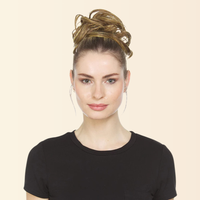
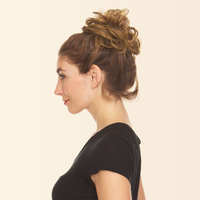
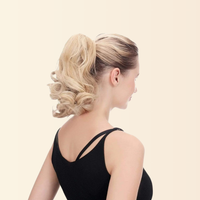
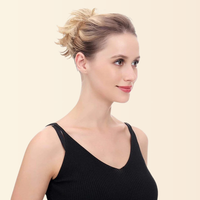

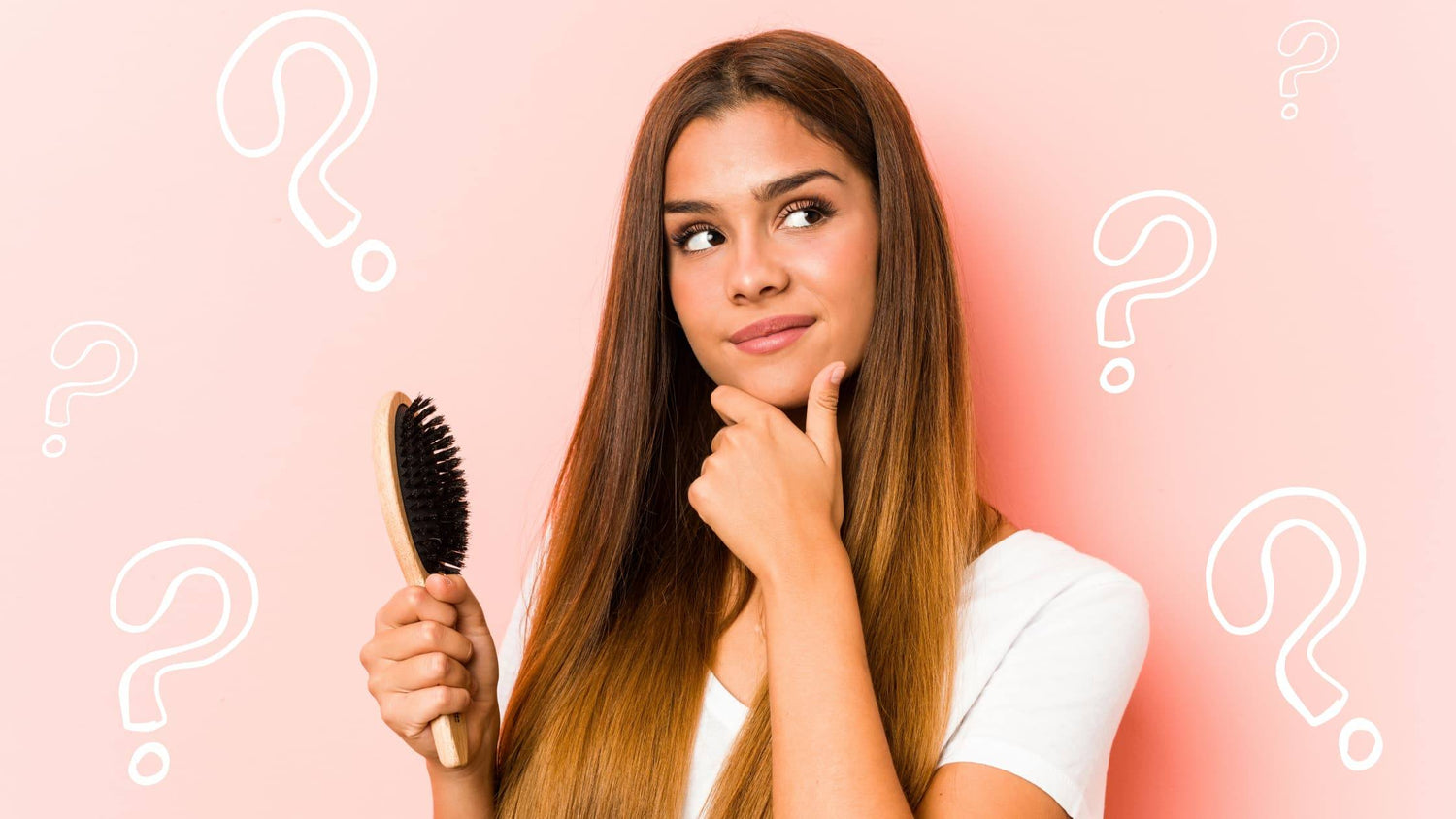
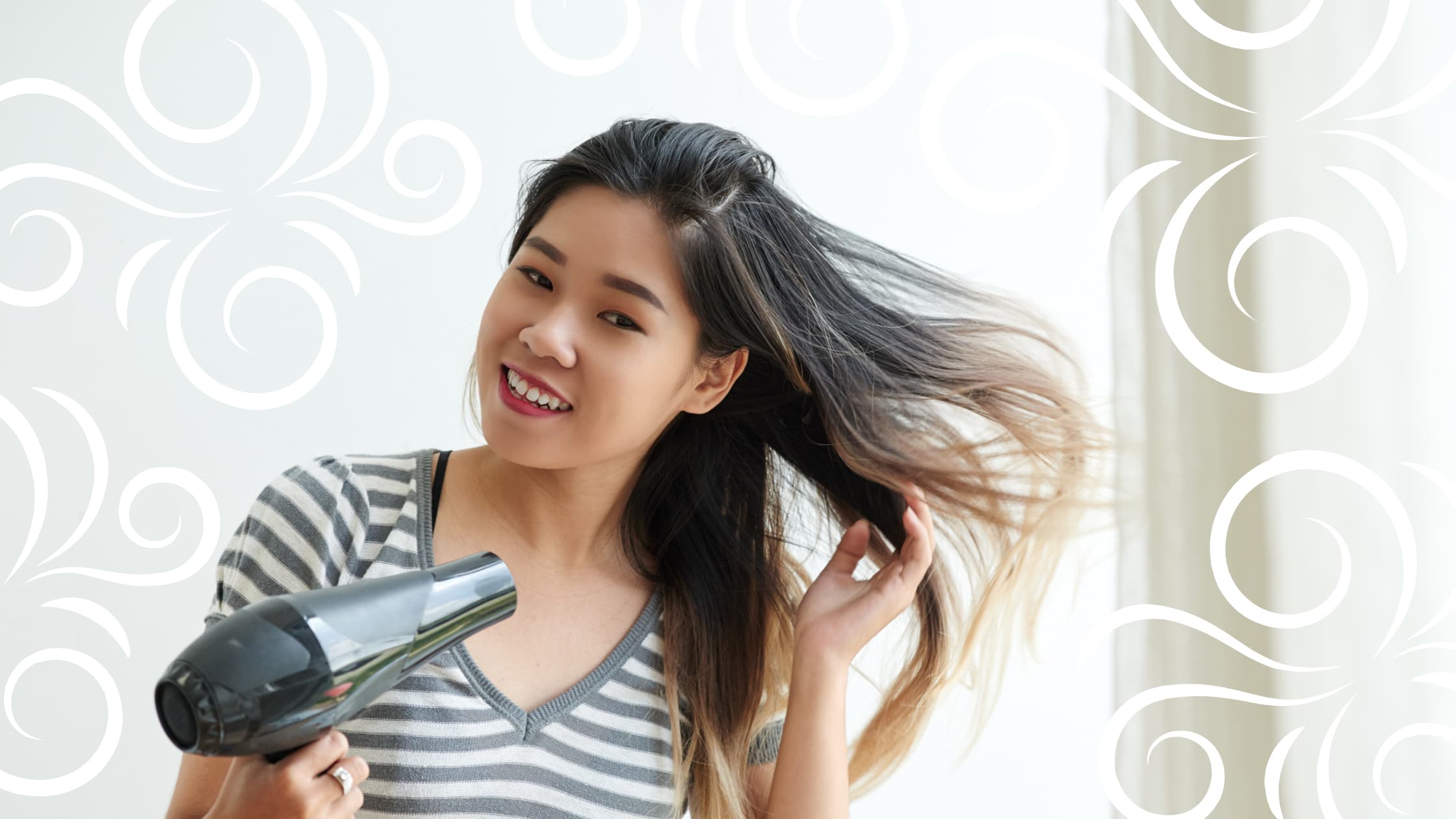
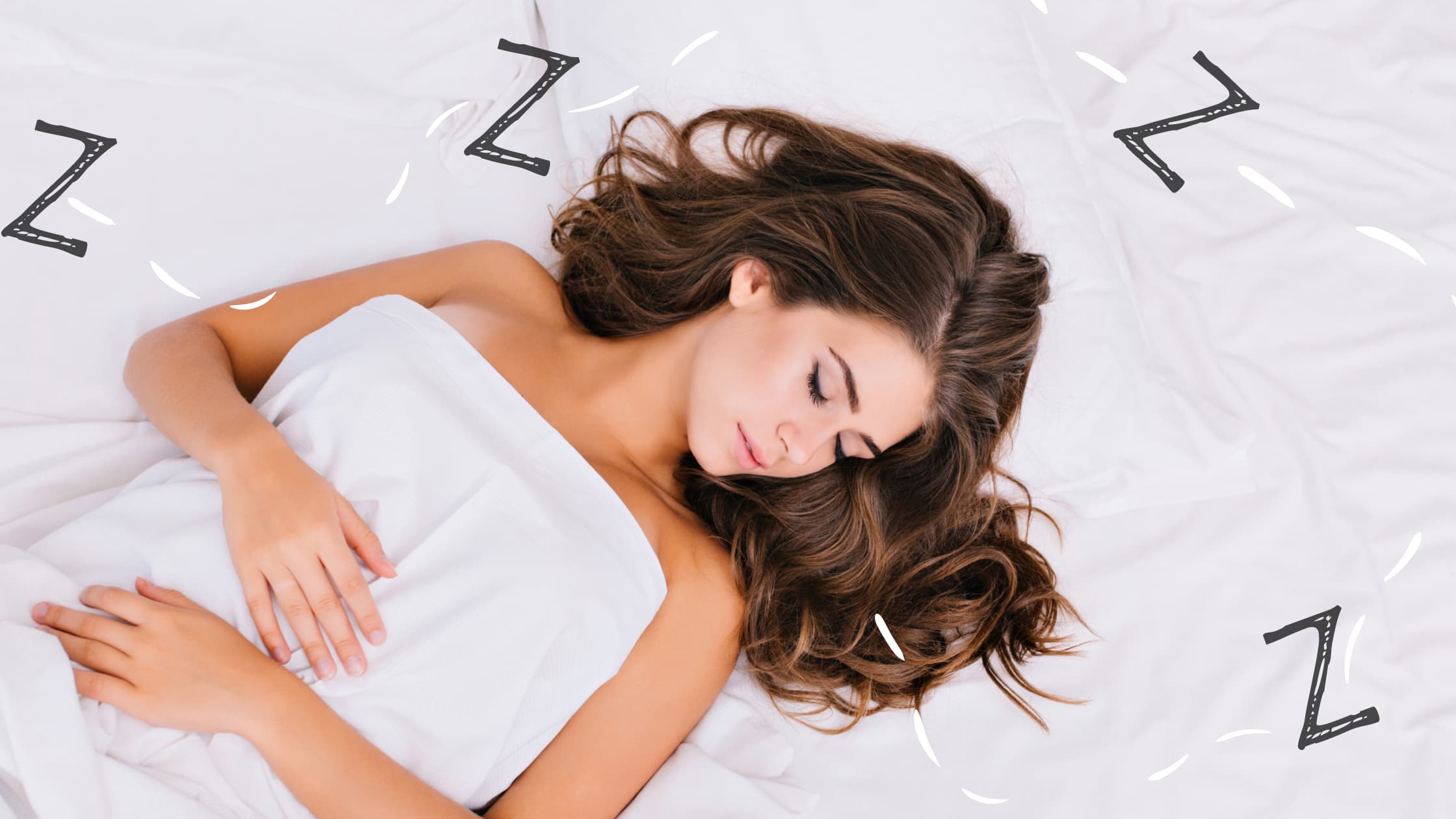
Leave a comment
This site is protected by hCaptcha and the hCaptcha Privacy Policy and Terms of Service apply.